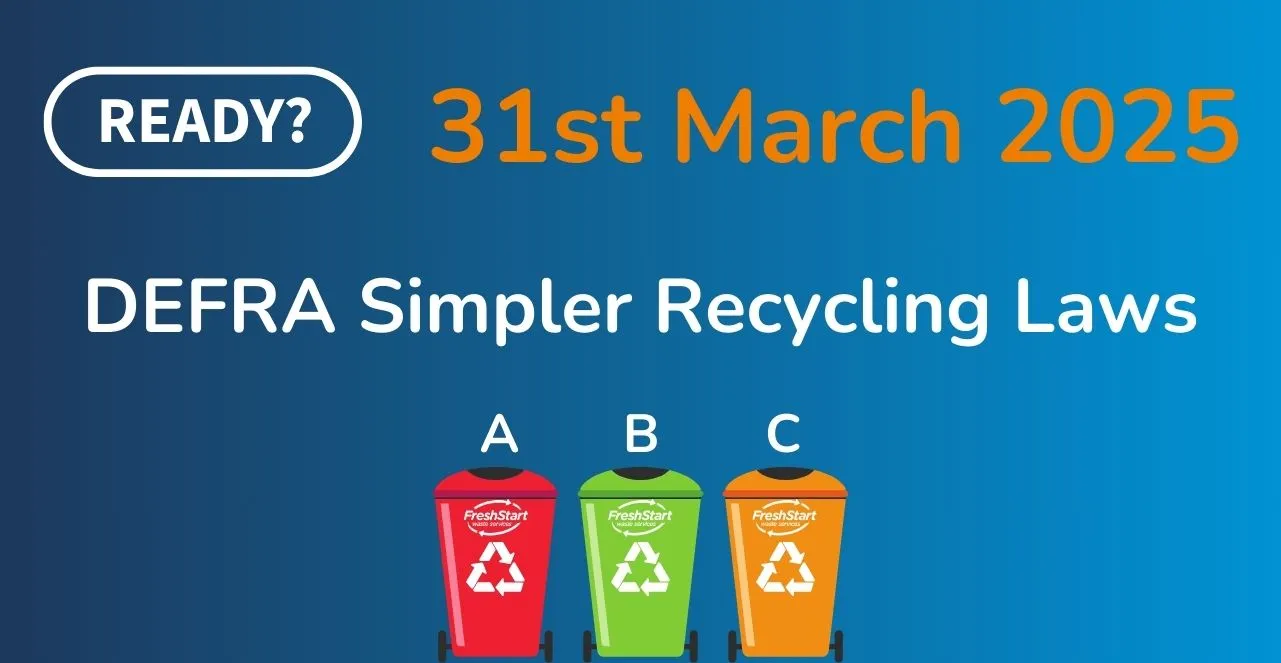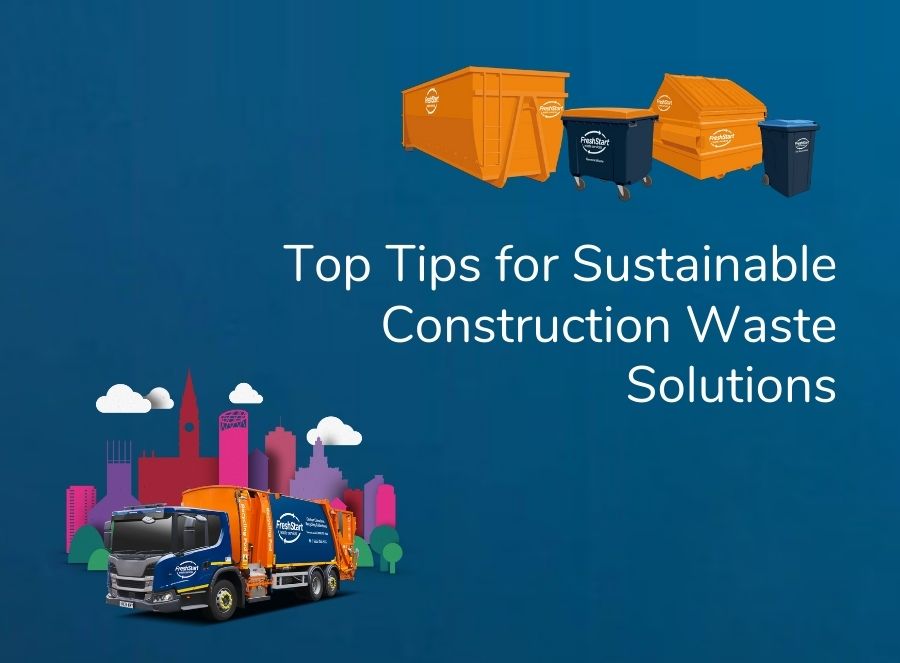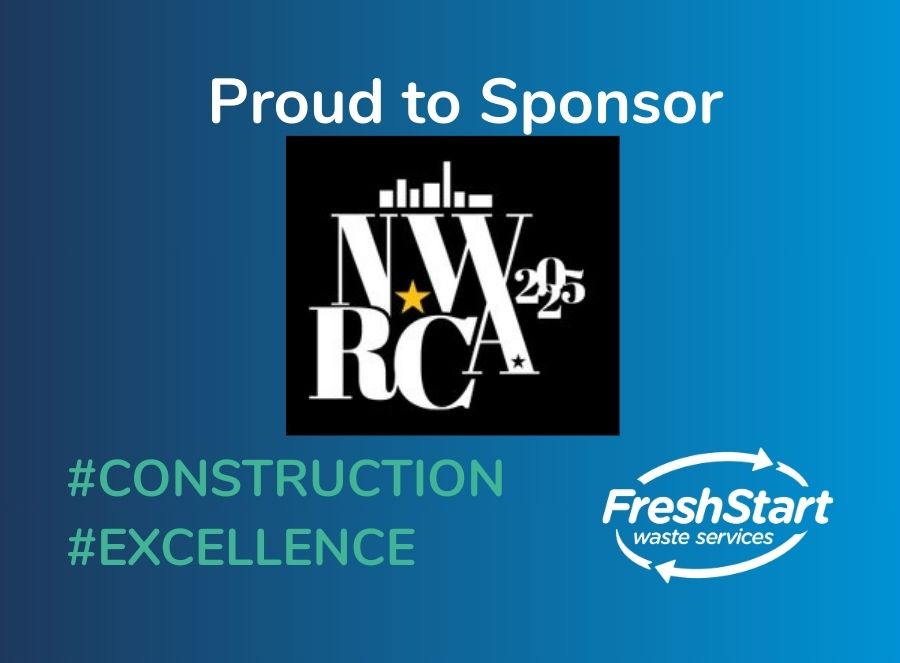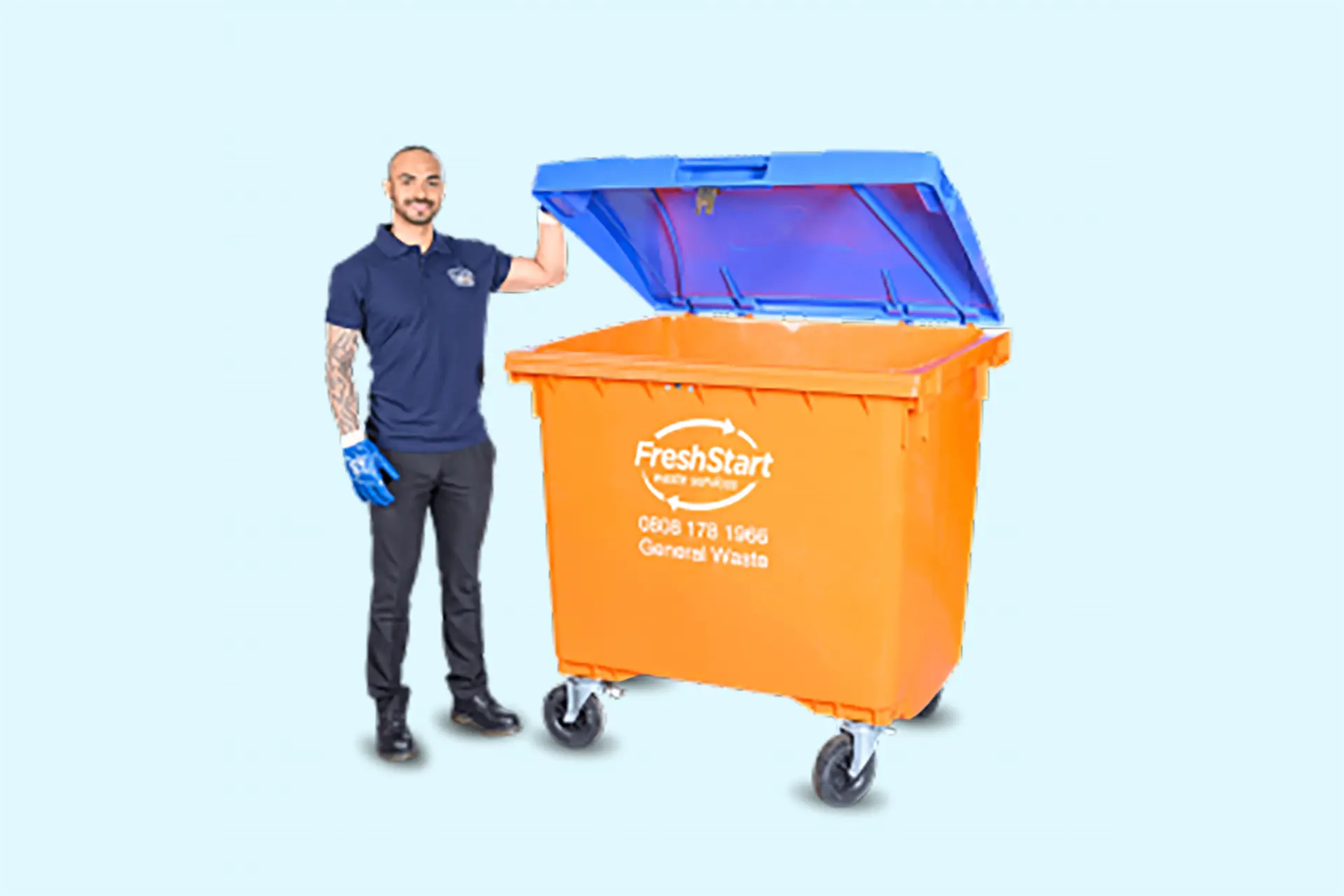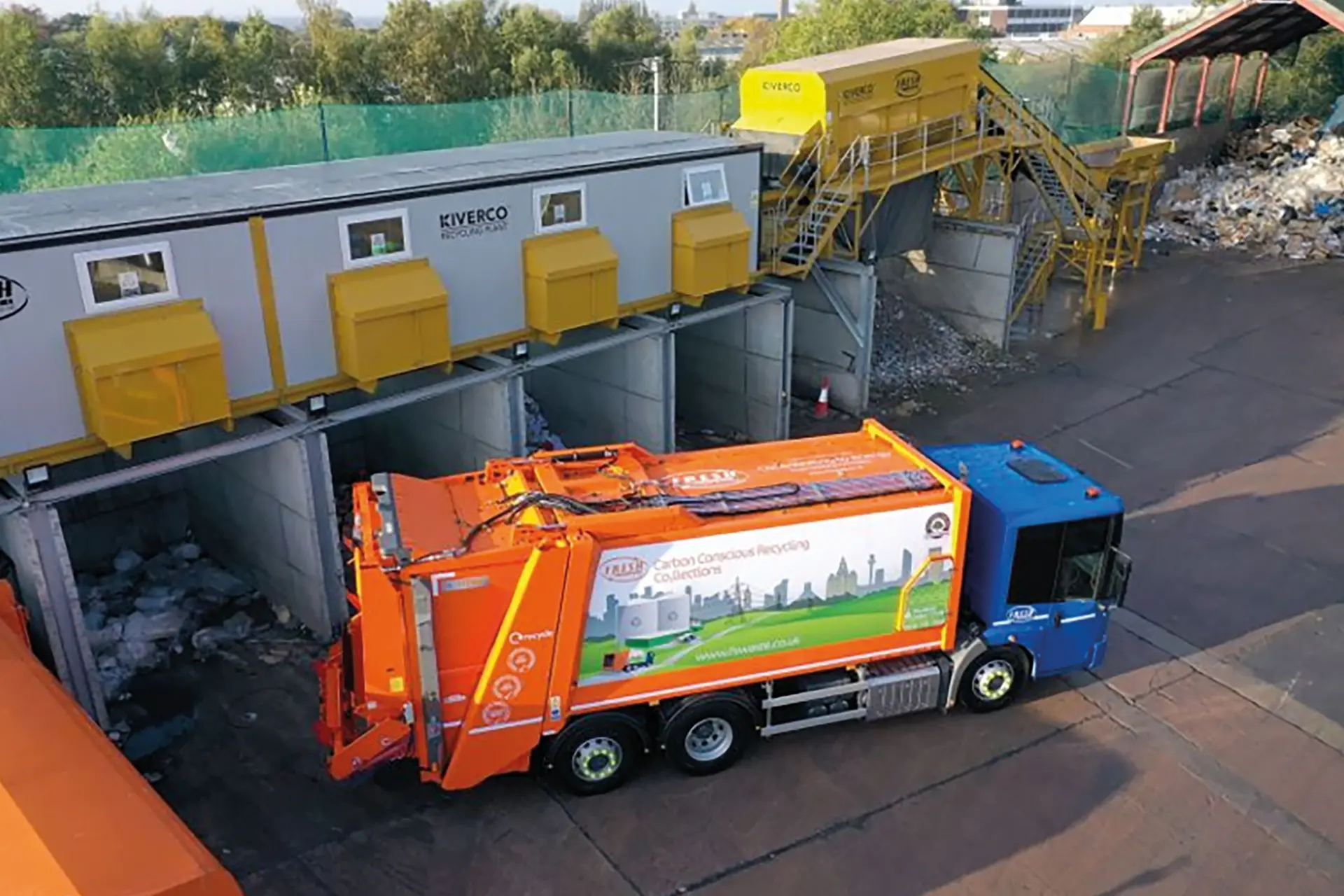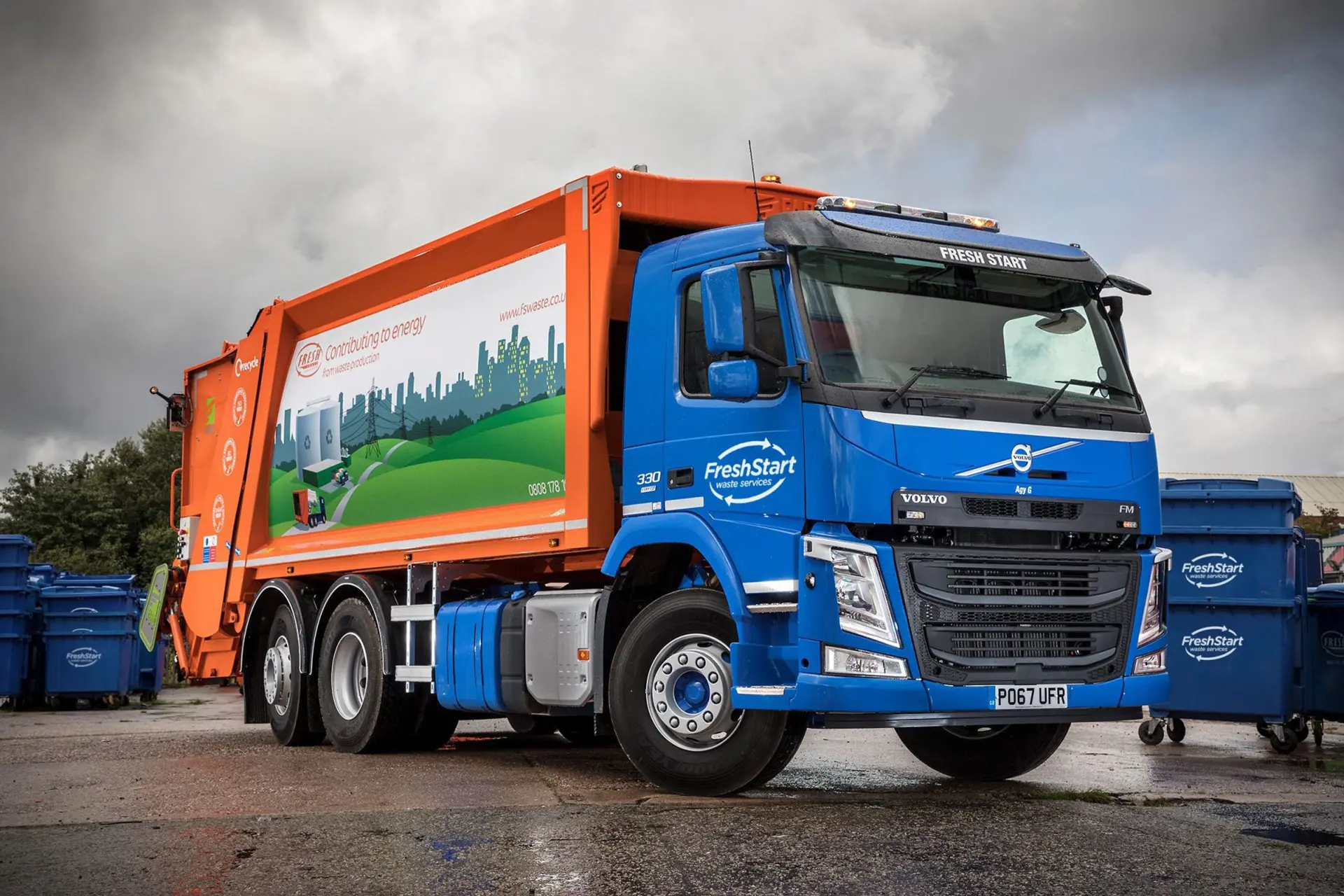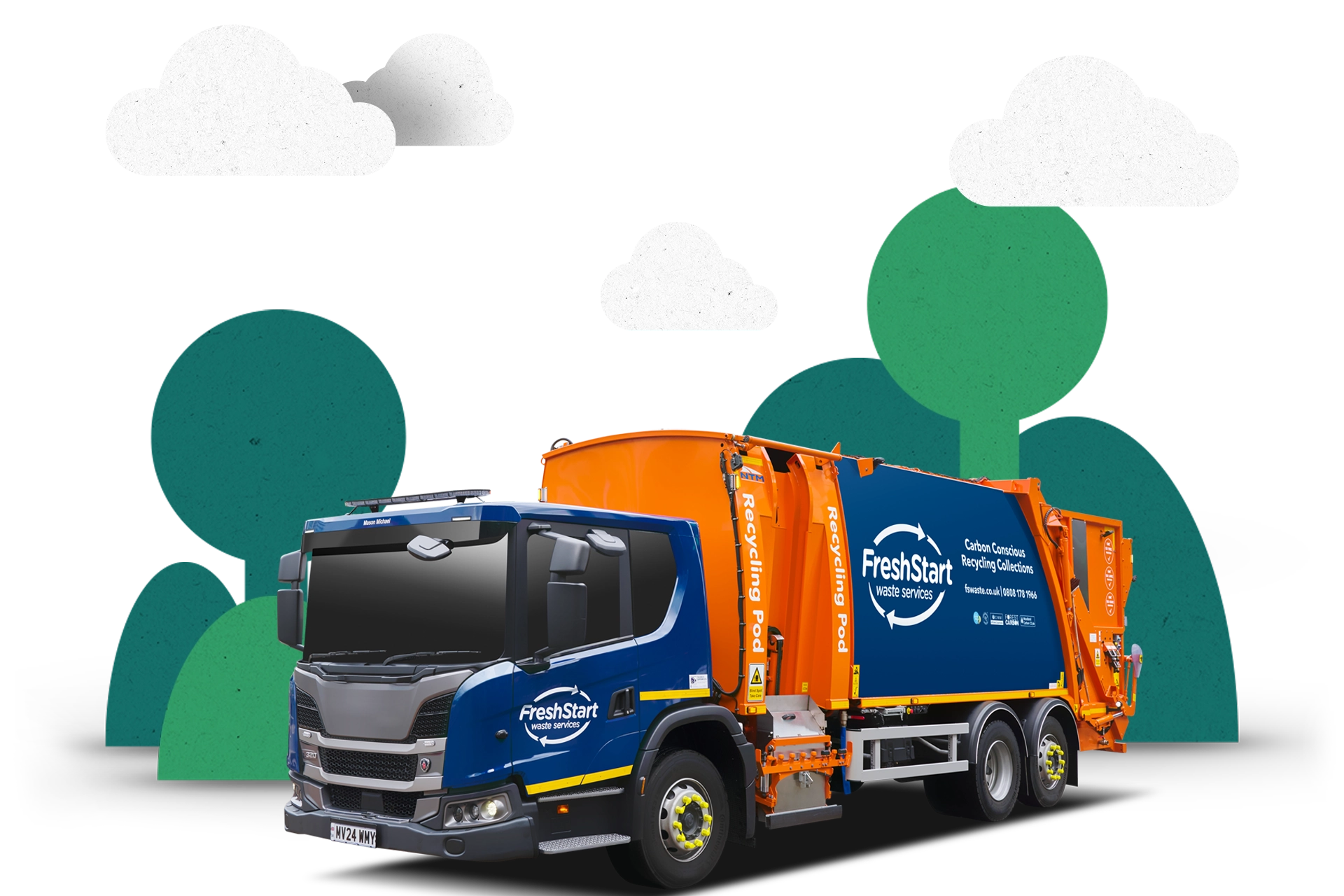Pizza boxes. They’re cardboard, so they’re recyclable, right? Well, that’s actually only partially true. However, despite what some reports would have you believe, you generally can recycle pizza boxes in your paper and card bin at home.
Takeaway pizza boxes are indeed cardboard, an almost universally recycled material. The problem with putting a used cardboard pizza box in the recycling bin is that a greasy residue often clings to the corrugated card packaging.
Grease and oil then causes severe issues during the recycling process. Plants reject tonnes of otherwise acceptable cardboard each year because of contamination from too much grease.
Rather than being converted back into another useful resource, your cardboard pizza box often ends up being incinerated or piled onto the nearest landfill. This is a fate we are keen to avoid as recycled cardboard only consumes around 75% of the energy used to manufacture new cardboard from virgin pulp.
So, are pizza boxes recyclable? The answer is a definite yes. However, there are considerations to take into account when it comes to all that grease.
How do pizza boxes get recycled?
The mechanics behind recycling pizza boxes are quite simple. Once a batch of cardboard reaches a recycling plant or materials recovery facility, it is shredded and mixed with a solution of water, detergent, and bleaching agents to make a pulp. The pulp can form dozens of new paper products, from newspapers and magazines to fresh cardboard or pizza boxes.
The technology exists to remove ink, staples and even sticky tape without too much of an issue. However, oils are a much trickier problem to solve.
So, if you are wondering ‘can you recycle domino’s pizza boxes’, keep reading to find out!
Can you recycle greasy pizza boxes?
You can recycle greasy cardboard pizza boxes; however, it is a more difficult task and there are steps you must take to ensure safe and efficient pizza box recycling.
The molecular structure of grease, such as that from pizza boxes, means it coats and clings to practically everything it encounters. This makes the strands of recoverable fibres much shorter than they would be otherwise, reducing the quality of any recycled paper so that it becomes practically useless.
It also has a detrimental effect on the equipment used during the process. As paper recycling uses cold water rather than hot, the grease is difficult to break down, and can build up to unmanageable levels.
This doesn’t have to mean your takeaway pizza box is destined for the bin though.
Here is how to make your pizza boxes recyclable:
Remove all the food
The easiest way to assess how severely affected your pizza box is, is to pick out any clumps of cheese or other toppings, which have fallen off the pizza. Finding these bonus nibbles is a tough job, but it needs doing.
From here, you’ll be able to make a swift judgement as to whether your pizza box will pass the grade. A small amount of oil, while not ideal, won’t be a problem – just try to soak up any excess with a napkin or kitchen towel.
Make sure you don’t leave any crusts inside, either. They can go straight into your food waste bin if you don’t want to eat them.
If, however, your pizza box is swimming in grease, things aren’t looking too good from a recycling collection point of view. Rather than throwing it out, you can tear the box into small pieces and put them into a compost bin. Remember, cardboard is 100% biodegradable.
Recycle the pizza box lids
Even if the bottom of the pizza box isn’t recyclable, it doesn’t mean that the top section should suffer a similar fate.
Check the pizza box lid for any oily contamination and, if it’s mostly clear, then it’s ready to go onto your recycling pile. After all, a 50% recycling rate is better than nothing.
Something you may not have noticed on your takeaway boxes is that there should be two open holes on the rear-side panel of it. The holes help to regulate the temperature of your pizza during transport. It also lets any condensation out, which would otherwise build up on the lid and make your food soggy.
Can you recycle supermarket pizza boxes?
Supermarket pizza boxes are a different beast altogether. The food is chilled or frozen and wrapped inside a plastic cover, which means the oils from the pizza don’t seep out onto the outer cardboard packaging.
The result of this is that pretty much all supermarket pizza boxes are recyclable. It’s best to check for any toppings which may have come loose, and removing any plastic ‘windows’ will also help further down the line.
What bin do pizza boxes go in?
Provided your cardboard pizza box is free from leftover food and has minimal grease or oil residue, you can recycle your pizza cardboard box in the paper and card bin.
Certain industries, such as kitchens, hospitality and events will have dedicated cardboard recycling bins for easier segregation and Simpler Recycling. Being able to quickly pop your pizza box in a bin and know it will be recycled makes doing your bit much easier.
Cardboard Recycling From Fresh Start Waste takes care of commercial waste management and recycling for businesses across the North West, from pizza restaurants in Preston, takeaway spots in Liverpool or hotels in Manchester, we provide a huge range of commercial containers for companies large and small.
To learn more about Fresh Start’s waste collection, waste management, and recycling, see our waste services page or contact us today.

